 Web Front-end
Web Front-end H5 Tutorial
H5 Tutorial Detailed explanation of HTML5's pushstate and popstate operation history to change the current url code example without refreshing
Detailed explanation of HTML5's pushstate and popstate operation history to change the current url code example without refreshingThis article mainly introduces the pushstate and popstate operation history of HTML5, and the relevant information about changing the current url without refreshing. Friends who need it can refer to it
1. Understanding window.history
window.history represents the history of the window object, which is actively generated by the user and accepts javascript scripts Control the global object. The window object provides access to the browser history through the history object. It exposes some very useful methods and properties, allowing you to freely move forward and backward in history.
1. Forward and Backward in History
To go back in history, you can do this:
window.history.back();
This is like the user clicking the browser's back button.
Similarly, you can move forward, just like clicking the forward button in the browser, like this:
window.history.forward();
2. Move to the specified History Point
You can use the go() method to load a page from the history of the current session by specifying a numeric value relative to the current page position (current page positionindex The value is 0, the previous page is -1, and the next page is 1).
To move back one page (equivalent to calling back()):
window.history.go(-1);
To move forward one page (equivalent to calling forward()):
window.history.go(1);
Similarly, by passing the parameter "2", you can move forward 2 record points. You can check the length attribute value to find out how many record points there are in the history stack:
window.history.length;
2. Modify the history record points
HTML5’s new API extends window.history to make the history recording point more open. You can store the current historical record point, replace the current historical record point, and monitor the historical record point. The following is a brief description of each one.
1. Store the current historical record point
The storage method is similar to the stacking of array(Array.push()), add a new historical record point in window.history, for example:
// 当前的url为:http://qianduanblog.com/index.html
var json={time:new Date().getTime()};
// @状态对象:记录历史记录点的额外对象,可以为空
// @页面标题:目前所有浏览器都不支持
// @可选的url:浏览器不会检查url是否存在,只改变url,url必须同域,不能跨域
window.history.pushState(json,"","http://qianduanblog.com/post-1.html");After executing the pushState method, the page The url address is http://qianduanblog.com/post-1.html.
2. Replace the current history point
update the state object or URL of the current history entry in response to some user action.
3. Monitoring historical record points
// 当前的url为:http://qianduanblog.com/post-1.html
window.onpopstate=function()
{
// 获得存储在该历史记录点的json对象
var json=window.history.state;
// 点击一次回退到:http://qianduanblog.com/index.html
// 获得的json为null
// 再点击一次前进到:http://qianduanblog.com/post-1.html
// 获得json为{time:1369647895656}
}It is worth noting that the execution of window.history.pushState and window.history.replaceState by javascript script will not trigger the onpopstateevent.
Another thing to note is that Google Chrome andThe above is the detailed content of Detailed explanation of HTML5's pushstate and popstate operation history to change the current url code example without refreshing. For more information, please follow other related articles on the PHP Chinese website!
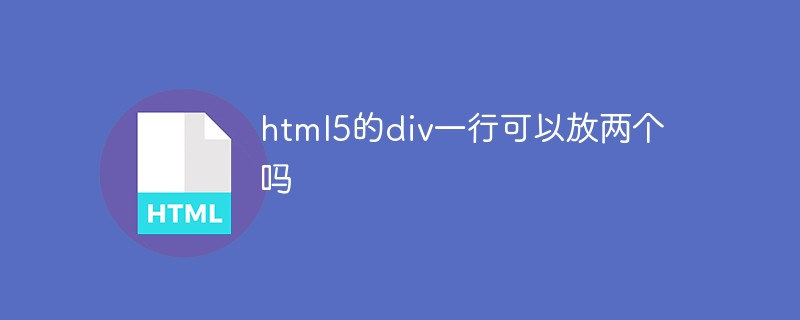 html5的div一行可以放两个吗Apr 25, 2022 pm 05:32 PM
html5的div一行可以放两个吗Apr 25, 2022 pm 05:32 PMhtml5的div元素默认一行不可以放两个。div是一个块级元素,一个元素会独占一行,两个div默认无法在同一行显示;但可以通过给div元素添加“display:inline;”样式,将其转为行内元素,就可以实现多个div在同一行显示了。
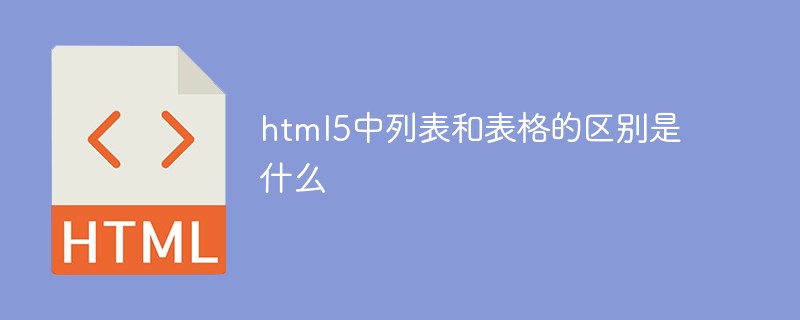 html5中列表和表格的区别是什么Apr 28, 2022 pm 01:58 PM
html5中列表和表格的区别是什么Apr 28, 2022 pm 01:58 PMhtml5中列表和表格的区别:1、表格主要是用于显示数据的,而列表主要是用于给数据进行布局;2、表格是使用table标签配合tr、td、th等标签进行定义的,列表是利用li标签配合ol、ul等标签进行定义的。
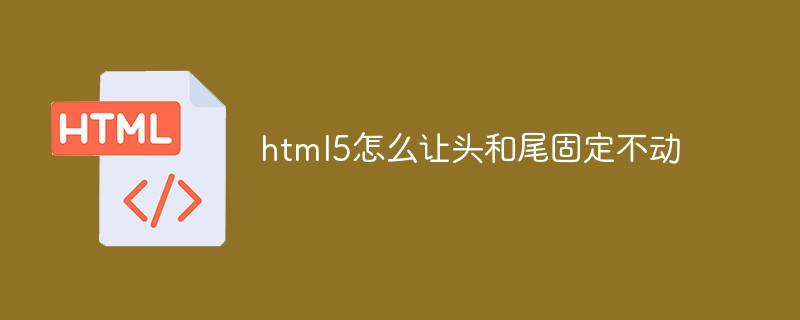 html5怎么让头和尾固定不动Apr 25, 2022 pm 02:30 PM
html5怎么让头和尾固定不动Apr 25, 2022 pm 02:30 PM固定方法:1、使用header标签定义文档头部内容,并添加“position:fixed;top:0;”样式让其固定不动;2、使用footer标签定义尾部内容,并添加“position: fixed;bottom: 0;”样式让其固定不动。
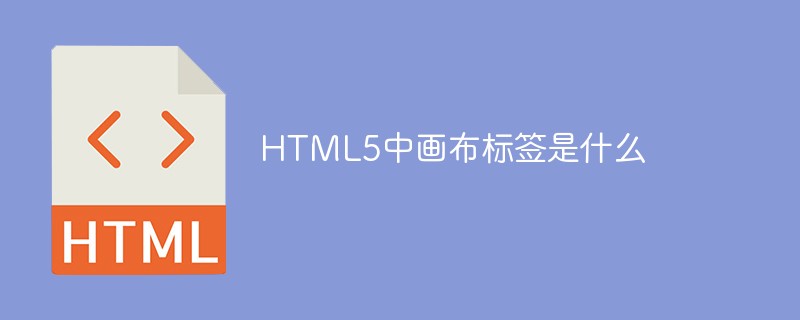 HTML5中画布标签是什么May 18, 2022 pm 04:55 PM
HTML5中画布标签是什么May 18, 2022 pm 04:55 PMHTML5中画布标签是“<canvas>”。canvas标签用于图形的绘制,它只是一个矩形的图形容器,绘制图形必须通过脚本(通常是JavaScript)来完成;开发者可利用多种js方法来在canvas中绘制路径、盒、圆、字符以及添加图像等。
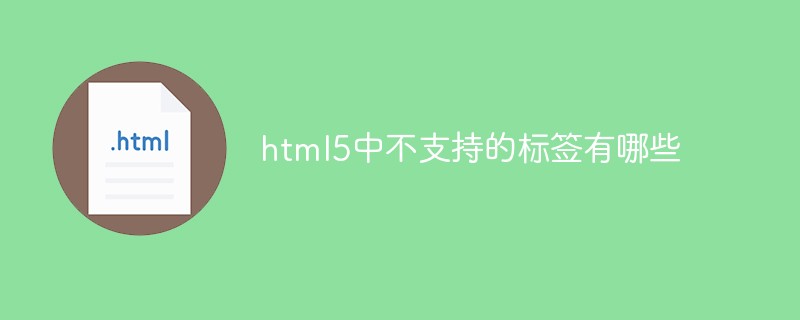 html5中不支持的标签有哪些Mar 17, 2022 pm 05:43 PM
html5中不支持的标签有哪些Mar 17, 2022 pm 05:43 PMhtml5中不支持的标签有:1、acronym,用于定义首字母缩写,可用abbr替代;2、basefont,可利用css样式替代;3、applet,可用object替代;4、dir,定义目录列表,可用ul替代;5、big,定义大号文本等等。
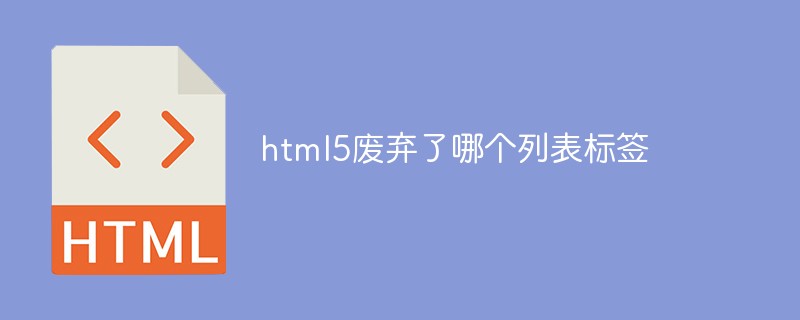 html5废弃了哪个列表标签Jun 01, 2022 pm 06:32 PM
html5废弃了哪个列表标签Jun 01, 2022 pm 06:32 PMhtml5废弃了dir列表标签。dir标签被用来定义目录列表,一般和li标签配合使用,在dir标签对中通过li标签来设置列表项,语法“<dir><li>列表项值</li>...</dir>”。HTML5已经不支持dir,可使用ul标签取代。
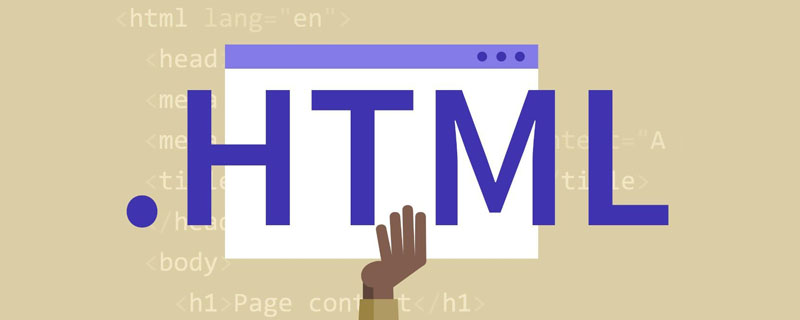 html5是什么意思Apr 26, 2021 pm 03:02 PM
html5是什么意思Apr 26, 2021 pm 03:02 PMhtml5是指超文本标记语言(HTML)的第五次重大修改,即第5代HTML。HTML5是Web中核心语言HTML的规范,用户使用任何手段进行网页浏览时看到的内容原本都是HTML格式的,在浏览器中通过一些技术处理将其转换成为了可识别的信息。HTML5由不同的技术构成,其在互联网中得到了非常广泛的应用,提供更多增强网络应用的标准机。
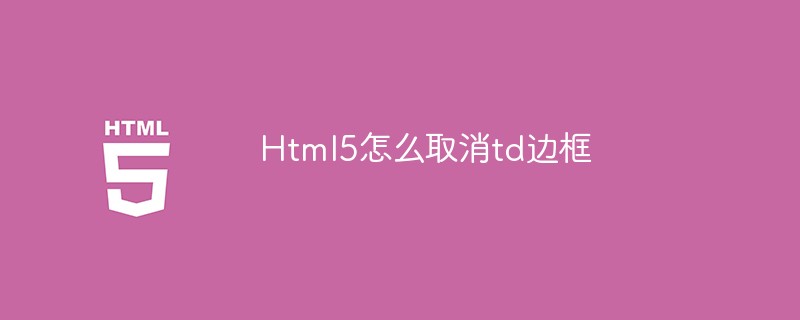 Html5怎么取消td边框May 18, 2022 pm 06:57 PM
Html5怎么取消td边框May 18, 2022 pm 06:57 PM3种取消方法:1、给td元素添加“border:none”无边框样式即可,语法“td{border:none}”。2、给td元素添加“border:0”样式,语法“td{border:0;}”,将td边框的宽度设置为0即可。3、给td元素添加“border:transparent”样式,语法“td{border:transparent;}”,将td边框的颜色设置为透明即可。


Hot AI Tools

Undresser.AI Undress
AI-powered app for creating realistic nude photos

AI Clothes Remover
Online AI tool for removing clothes from photos.

Undress AI Tool
Undress images for free

Clothoff.io
AI clothes remover

AI Hentai Generator
Generate AI Hentai for free.

Hot Article

Hot Tools

Zend Studio 13.0.1
Powerful PHP integrated development environment

SublimeText3 Chinese version
Chinese version, very easy to use

SublimeText3 Linux new version
SublimeText3 Linux latest version

Notepad++7.3.1
Easy-to-use and free code editor

Dreamweaver CS6
Visual web development tools





